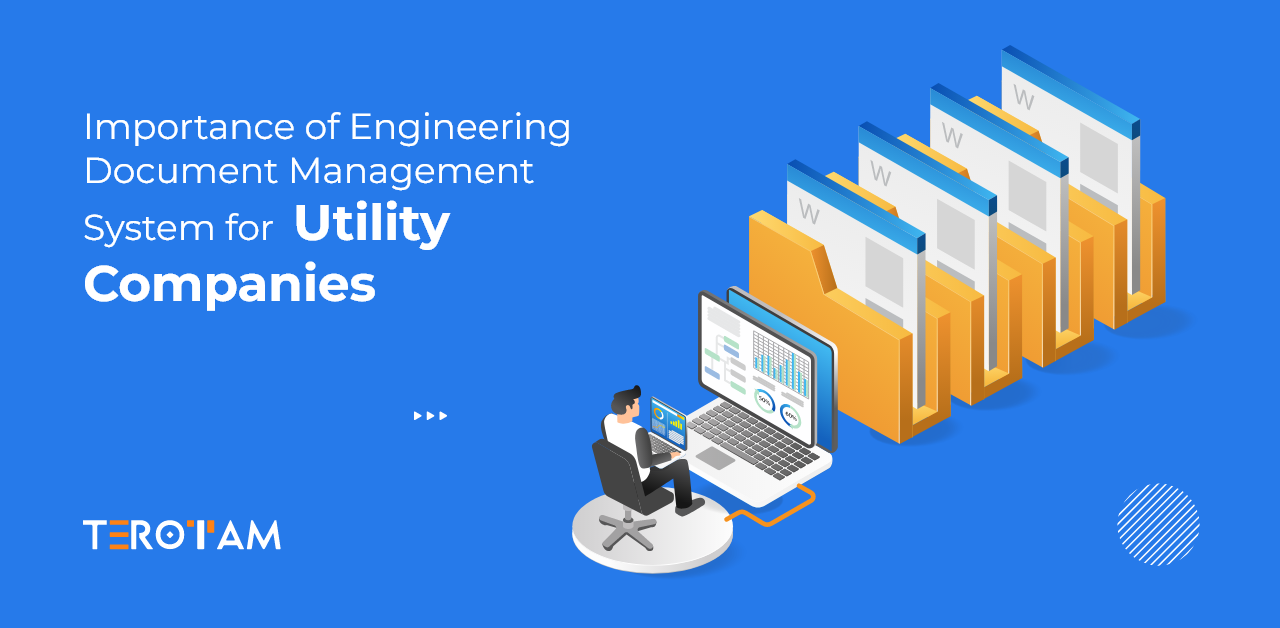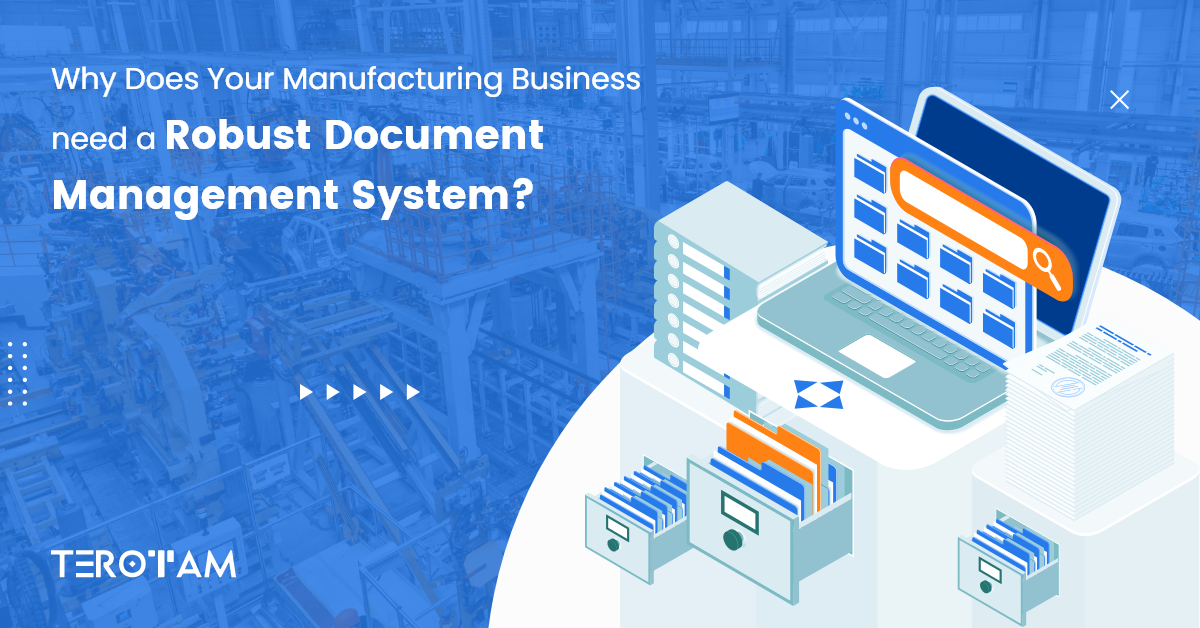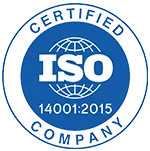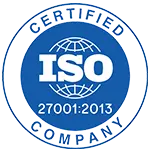Utility companies deal with thousands of engineering documents across power plants, substations, transmission lines, and distribution networks. From electrical schematics and GIS-linked site plans to O&M manuals and compliance records, managing these files manually—or through outdated systems—can lead to serious inefficiencies, version errors, and compliance risks. As infrastructure grows more complex and regulations tighten, the need for a structured, secure, and connected document environment becomes critical.
An Engineering Document Management System (EDMS) fills this gap by offering a centralised platform to manage technical documents through their entire lifecycle. Unlike basic file storage tools, EDMS platforms are built to handle engineering change processes, version control, workflow routing, metadata tagging, and integration with core utility systems like EAM, GIS, and SCADA. This shift not only improves operational visibility but also sets the foundation for automation, digital twin integration, and remote field access.
In this article, we’ll explore why EDMS is essential for utility companies, how it supports digital transformation, and what best practices to follow when implementing it.
What Is an Engineering Document Management System?
An Engineering Document Management System (EDMS) is a specialised software platform designed to manage, control, and track technical documents throughout their lifecycle—from creation and approval to revision and archival. Unlike general-purpose file storage systems, an EDMS is built to handle complex document workflows, engineering data structures, and compliance requirements found in infrastructure-heavy sectors like utilities.
In a utility environment, EDMS acts as a central repository for engineering drawings, CAD files, P&IDs, specifications, test reports, construction documents, and operation manuals. It maintains strict version control, enforces access permissions, and allows role-based collaboration between engineers, contractors, maintenance teams, and compliance officers. These systems often integrate with GIS, EAM/CMMS platforms, SCADA systems, and ERP tools to ensure documents are contextually linked to physical assets and operational workflows.
A well-configured EDMS enables utilities to standardise their documentation practices, reduce errors from outdated files, simplify regulatory audits, and support real-time data access in the field. It’s not just a storage solution—it’s a control layer that supports operational integrity, engineering accuracy, and safe asset performance.
10 Ways EDMS Helps Utility Companies Leap Forward with Digital Transformation
For utility companies, digital transformation isn’t just about automating processes—it’s about building a digitally resilient infrastructure capable of handling regulatory pressure, aging assets, workforce turnover, and growing data complexity. Engineering Document Management Systems (EDMS) are engineered to manage highly technical content and provide a structured, controlled, and scalable foundation for operational digitalisation.
Here are 10 technically grounded ways EDMS enable this transformation:
1. Centralised, Metadata-Driven Document Repository
An EDMS replaces scattered, unstructured storage methods with a centralised repository where all engineering documents—such as CAD files, technical manuals, inspection reports, and specifications—are stored with context-rich metadata. Users can tag files with attributes like asset ID, drawing number, voltage level, or equipment type, enabling faster and more accurate retrieval. This structured indexing reduces dependency on file names and folders and supports granular search capabilities across large-scale datasets.
2. Robust Version Control and Document Lifecycle Management
Unlike basic DMS tools, an EDMS maintains strict version governance, capturing every document iteration with time stamps, user credentials, and change logs. Documents follow predefined lifecycle stages—such as draft, review, approved, released, and archived—based on ISO-compliant workflows. This eliminates the risk of using outdated drawings in the field and supports traceable engineering change management (ECM) across asset modification projects.
3. Automated Workflow Routing and Task Orchestration
EDMS platforms support configurable workflow engines that automate complex document processes. Examples include automated transmittal generation, drawing approval cycles, and multi-tier review steps for engineering change notices (ECNs). The system can enforce parallel or sequential approvals, trigger notifications, and escalate pending actions based on SLA thresholds. This reduces administrative overhead and enforces procedural discipline in asset lifecycle documentation.
4. CAD and BIM Integration for Real-Time Design Access
Many EDMS platforms natively support integration with CAD (AutoCAD, MicroStation) and BIM (Revit, Navisworks) environments, allowing engineers to open, edit, and review design files without leaving the system. Embedded viewers provide redlining, overlay comparisons, and multi-layer navigation for complex schematics. Field teams can annotate drawings on mobile devices with GPS tagging, synchronising back to the central server once connected, thereby preserving context-rich updates.
5. Interoperability with Enterprise and Operational Systems
An enterprise-grade EDMS integrates with key utility systems such as GIS, SCADA, EAM or CMMS (e.g., TeroTAM, SAP PM), project management software, and ERP platforms. For instance, when an asset is commissioned in an EAM, the EDMS can automatically associate it with the relevant O&M manuals, inspection records, and drawings. Bidirectional API integration enables event-based syncing—such as updating documents upon asset status change or triggering workflows upon work order creation.
6. Compliance Automation and Regulatory Audit Readiness
Utility companies face rigorous documentation demands under NERC, FERC, EPA, ISO 55000, and other regional standards. EDMS platforms enforce document retention policies through rules-based archiving, automated expiry notices, and access logging. The system logs every user interaction, including downloads, edits, and approvals—ensuring non-repudiation and full traceability. Automated reports can be generated for internal audits or external regulators with minimal manual intervention.
7. Scalable Support for Distributed Teams and Contractors
EDMS systems are designed to handle multi-site deployments with varying access rights. Utility companies working with EPC contractors, engineering consultants, or outsourced field crews can provide controlled, time-bound access to project-specific folders. Permissions can be assigned based on user roles, domains, or individual credentials, preventing cross-project visibility and ensuring data compartmentalization. External users can submit revisions via transmittals with system-enforced review workflows.
8. Advanced Search and Classification with Intelligent Indexing
With tens of thousands of documents per facility, an EDMS enhances searchability through classification rules, keyword indexing, and Boolean logic. Users can filter documents by drawing number, equipment code, document type, facility name, or regulatory tag. OCR capabilities convert scanned documents into searchable text, while AI-based classification engines in modern EDMS platforms can auto-suggest metadata tags based on document content.
9. Security, encryption, and access governance
EDMS platforms meet enterprise-grade security standards (such as ISO/IEC 27001) and support data encryption at rest and in transit (AES-256, TLS 1.2+). Role-based access control (RBAC), single sign-on (SSO), and multi-factor authentication (MFA) ensure that only authorised personnel can view or modify documents. File-level permissions, IP whitelisting, and activity monitoring prevent unauthorised access and provide early detection of abnormal behavior or insider threats.
10. Cloud Scalability and Remote Access Capabilities
Modern EDMS platforms offer hybrid or fully cloud-native deployments, allowing utility companies to scale their document infrastructure as operations grow. Users in different geographies can access real-time data without compromising performance. Cloud-native systems offer elastic storage, automatic backups, and disaster recovery configurations across multiple regions—ensuring business continuity. Remote teams, including emergency response units, can retrieve documents on-demand through secure mobile apps or web interfaces.
Best Practices for Implementing EDMS in Utility Companies
Deploying an Engineering Document Management System (EDMS) in a utility company requires more than just technology—it needs structured planning, strong data governance, and seamless integration with existing operational systems. If done right, it helps create a controlled environment where engineering documents are accurate, accessible, and audit-ready at all times.
To ensure successful implementation and long-term scalability, utility companies should follow these best practices that align with their technical, compliance, and field operation needs:
- Start with a complete document audit to identify gaps, duplicates, and outdated files.
- Define metadata standards and naming conventions aligned with asset structures.
- Set up role-based access controls to secure sensitive engineering data.
- Integrate EDMS with GIS, EAM, SCADA, and project management platforms.
- Build automated workflows for submissions, reviews, and document approvals.
- Roll out the system in phases, starting with pilot projects.
- Provide targeted training for engineers, field teams, and document controllers.
- Apply retention rules and compliance checks based on regulatory standards.
- Create an internal governance team to monitor and refine usage policies.
- Ensure the system is scalable, backed up, and configured for disaster recovery.
Conclusion
Managing engineering documents manually or across scattered systems is no longer sustainable for utility companies trying to scale, stay compliant, and operate efficiently. With aging infrastructure, stricter regulations, and increasing reliance on field data, having instant access to accurate technical documentation isn’t a luxury—it’s a necessity.
An Engineering Document Management System brings structure, control, and visibility to your most critical documents. Whether you’re dealing with substation layouts, as-built drawings, or inspection records, EDMS helps ensure everything is up to date, securely stored, and available when and where you need it. Ready to streamline your utility operations with a smarter document management strategy? Get in touch with us at contact@terotam.com — our team is here to help you plan, implement, and scale the right EDMS solution for your business.







